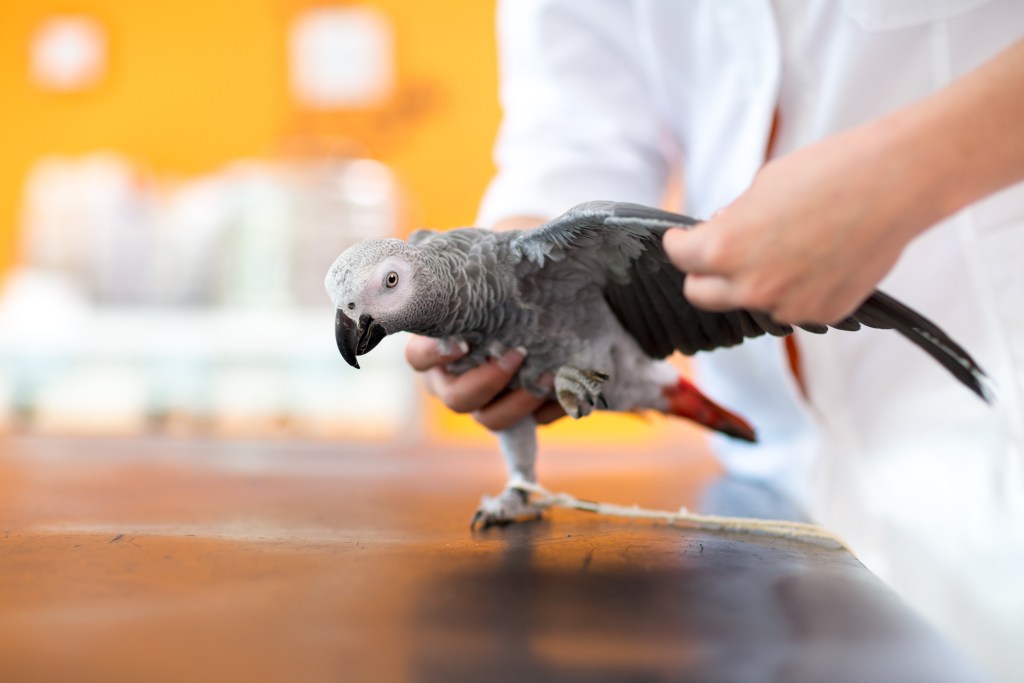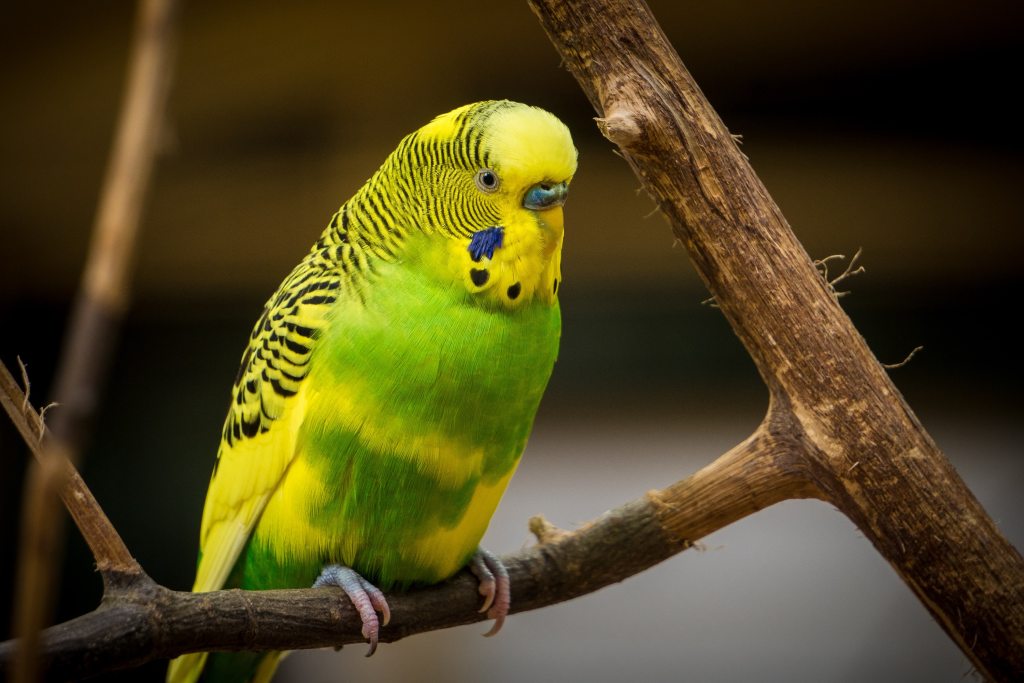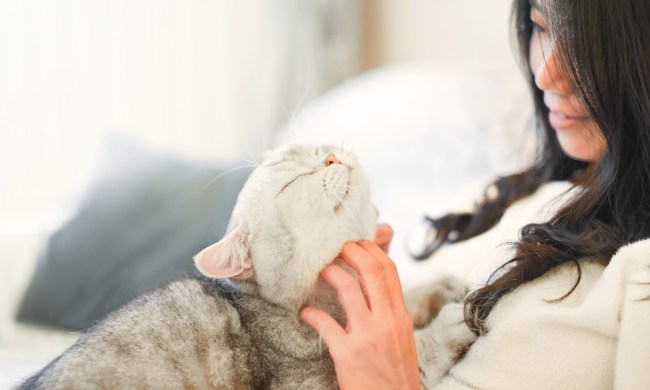Ever found a perfect bird feather at the bottom of your pet’s cage? That’s because birds shed like us and our mammalian relatives. In fact, once or twice per year or so, you’ll notice your parakeet or parrot molt and swap out a bunch of feathers all at once. In between, some owners choose to clip their bird’s wings, which will last until he regrows those feathers (often during the molt).
While it will not work for most, there are a few circumstances under which wing clipping can be recommended. If you decide to do this, you’ll have to learn the process carefully so as not to injure your bird. Here’s how to clip birds’ wings.

Check in with your vet
Don’t embark on this project alone! By teaming up with your animal’s doctor, you will ensure that you have the best chance of keeping everyone safe. The first question you should ask is if his wings need clipping at all. Your professional will walk through all the issues with you and help determine the right course of action. Some choose to trim the wings during training or if there are hazards in the home. You can work with your doc and your bird to put a plan in place or get your vet to do the trim right there since they have experience.
Prepare your workstation
Get everything ready before you even take your bird out of his cage — you don’t want him to spook when you haven’t even begun. Put down a towel and grab your styptic powder just in case of injury. Of course, by going through this list, you’re making as sure as possible that you won’t hurt your little avian, but accidents do happen and you need to be ready. Lastly, set up your wing trimmers. It may help to bring an assistant to the job, so grab him, too, if you’re lucky enough to have one.

Remove and settle your bird
You know your bird best, and you’ll want to follow whatever routine will keep your pet most at ease. Start by bringing him out of his cage securely and carrying him to the prearranged salon. Many choose to wrap their bird in a towel as that can both calm and prevent him from nipping or scratching. Use a quiet and out-of-the-way location that will not have any interruptions and where your bird won’t get distracted or become afraid.
Clip feathers carefully
Feathers contain blood while they’re in use but lose it before they fall out, which means you need to pay careful attention to the feather shaft. Before you go in to do the cut, you should have a good idea of what this looks like, so give a little examination at a separate time. Breaking the shaft or bottom of the feather will seriously injure your bird and can even cause permanent damage. It’s also important that your scissors are really sharp and you cut decisively since going slowly will make it harder on your bird and more likely to get an uneven break. You should focus on only the primary feathers, and you don’t need to get all of them. Just trimming a bit off of the first five should do the trick. In fact, you want to leave those others so your bird can still glide when needed.
Give your bird a reward
Our pets deserve a treat after any unpleasant experience, and even if all goes well, he’ll want a little snack for his troubles. Grab his special seed or fruit and make sure he calms quickly. You should also spend a few minutes playing with him and help him discover his new wings. The goal is for him to retain as much mobility as possible. He also needs to still work out his muscles and get enough exercise so he doesn’t pack on the pounds or go stir-crazy.
The important part is to do your research both in terms of how to attend to his wings and whether it’s needed in the first place. Remember, specialists know how to clip parakeet wings best, so you can skip the more difficult parts on this list and take him to the vet or a breeder who has the right credentials. As his feathers grow out, you’ll have to repeat the process or stop clipping. He needs to know if he can fly, too, since you don’t want him to try from a big height and wind up slipping.



